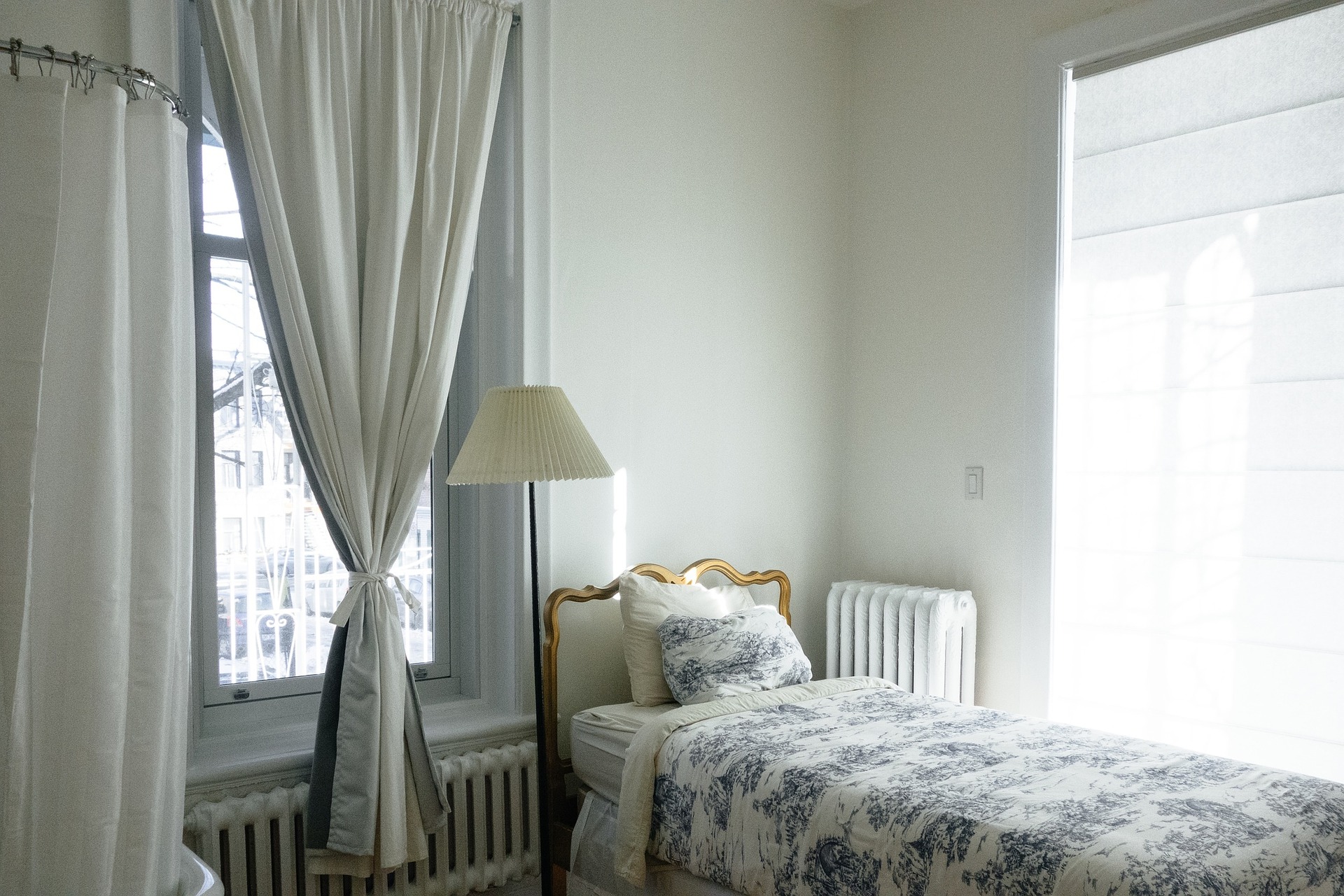Though some individuals think they can do anything, construction workers are not strong enough to lift and monitor heavy loads. That’s where lifting and rigging equipment comes in.
Building construction and transportation of cargo wouldn’t be possible without the correct equipment. Most of the equipment used to load trucks and harness heavy building components are designed to get the job done fast. These heavy machinery components are also there for safety.
So what kind of rigging and lifting equipment can you get & how versatile are they? Go through the following types of rigging and lifting equipment to find out.
Types of Equipment for the Job
Load Measuring
Most of the time when there’s an exceptionally heavy load that needs to be lifted workers will use load monitoring equipment. The monitoring device is used to weigh loads under heavy stress. They are needed with lifts where the friction of the load could result in more strain on the tackle or hoist.
The monitoring device can also be used when loads that need to be lifted are more than 90% of capacity the equipment can handle. Measuring devices are also used to give the exact weight of a load.
Shackle Equipment
Shackles are manufactured with anchor and chain formations to be used for rigging projects. Typically shackles come with safety bolts, screw pins, and round pins. An anchor shackle has a rounded eye which makes it suitable for attaching multiple slings and hooks.
A Chain Shackle features a straight eye and they’re designed to connect to a single lifting device.
Eyebolts
There are two types of eyebolts; the shouldered or unshouldered eyebolt.
- Shouldered eyebolts: Used for angular and vertical lifts. When used for angular lifts the shouldered eyebolt should only be used for lifting angles of less than 45°.
- Unshouldered eyebolts: These components can only be used for vertical lifts as angular lifts will bend the threaded shaft.
The eyebolt is used to firmly attach a securing eye to a structure. They feature self-locking nuts for safety and security.
Usually, the minimum thread connection between an eyebolt and tapped hold is 1.5 times the diameter of the thread engagement. Minimum thread engagement must be maintained for safety purposes.
Hooking Equipment
A hook is typically attached to a hoist and it’s used to lift heavy loads off the ground. Hooks are known to be the weakest component to lifting equipment. They tend to bend if there’s an overload of material being hoisted. To avoid bending, always use a safe working load.
Loads are centralized with full capacity when combining shackles with multiple sling eyes and integrating them onto a hook. Hooks should also feature a safety latch to bridge the throat opening which prevents the release of load lines.
Wire Load Clips
Wire load clips are used to make an eye on a wire rope. You get three different types of load clips:
- U-bolt
- Fist grip
- Collet connection clip
Load clips are never used more than once for an application. They may not have the same torque if they’re used for the second time.
Ring Components
Forged steel rings are not made by welding the rings together. They’re solid rings that are standard in lifting operations. Rings should not be welded closed as they’re susceptible to snapping. Rings should always be inspected for openings, cracks or twists before they’re used for lifting heavy loads.
Turnbuckles
A turnbuckle is used to adjust the tension and length of ropes, tie rods & cables. Typically turnbuckles consist of two threaded eye bolts. For durability and safety turnbuckles should always be forged using alloy steel.
Turnbuckles are rarely used in rigging systems but when they are they should be secured to a frame with lock pins or wires to prevent them from loosening.
Hoists
A hoist is a mechanical lifting device that moves heavy objects vertically and they support hanging loads. You’re able to evenly distribute weight by using pulley systems or gears. Hoists can be a fixed or they can be mobile. They’re designed for:
- Construction work
- To lift engines out of heavy trucks or buses
- Logging
- Mining
- Automotive removal
Hooks are incorporated onto a fixed end. The rope or cable is connected to a crane and the hook is used to engage the load.
Manual Hoist
Manual hoists are operated without electricity. A manual hoist uses two different chains called the hand chain and the load chain. The hand chain is used to control the lifting and the lowering of materials. The load chain is used to support the materials being lifted.
Powered Hoists
You get three different types of powered hoists:
- Electrical
- Air/Pneumatic
- Hydraulic
The lifting speed of a powered hoist is a lot faster. Usually, scales can be integrated into powered hoists to measure the weight of a load.
What is Lifting and Rigging Equipment Used For?
If you’re not sure if this article is for you, what we’ve discussed can be used to lift and maneuver heavy objects safely, such as:
- Hoisting heavy pillars
- Loading cargo onto trucks
- Lifting heavy machinery
- Securing components to a machine
- Securing cargo
- Monitoring the weight of heavy loads
Final Thoughts
There are many safety measures construction workers have to adhere to when working with heavy machinery. Always check your construction equipment for any cracks, dents or weak points before working on a site.
When buying equipment always exam hoists, hooks and any connection links to make sure they’ resecure & sturdy. Someone’s life could depend on it.
Read Also:






















